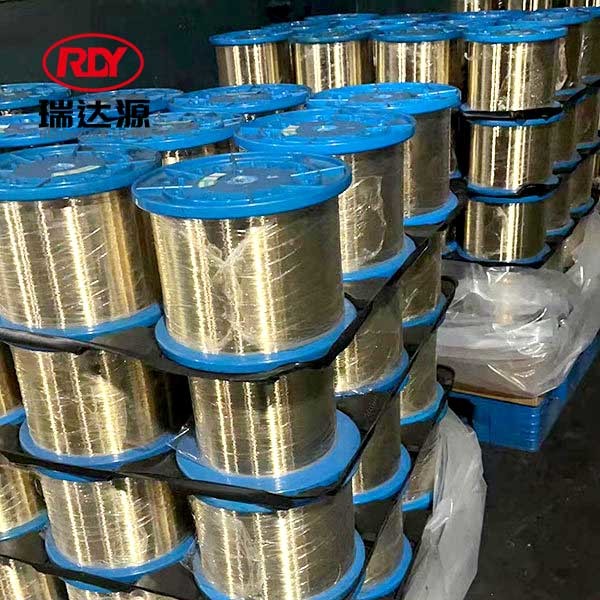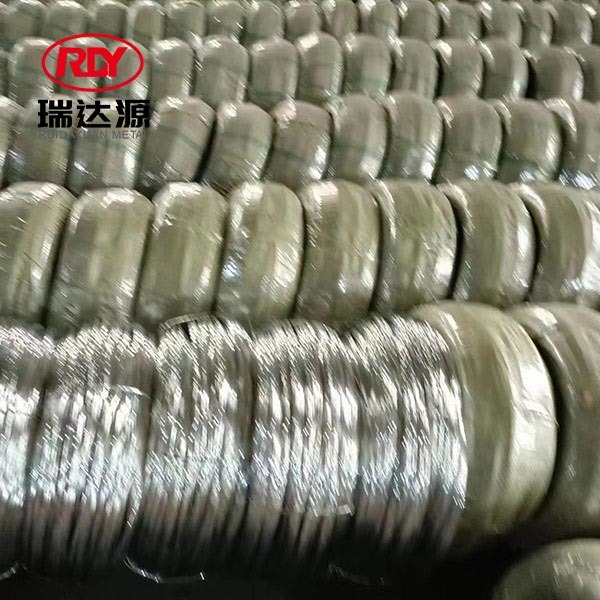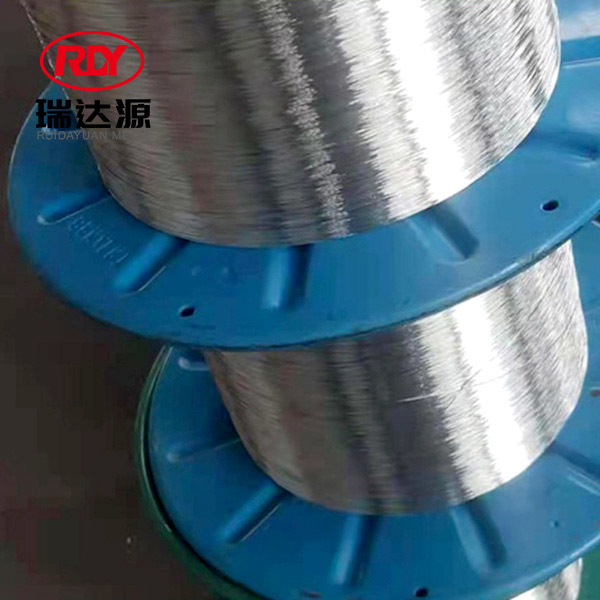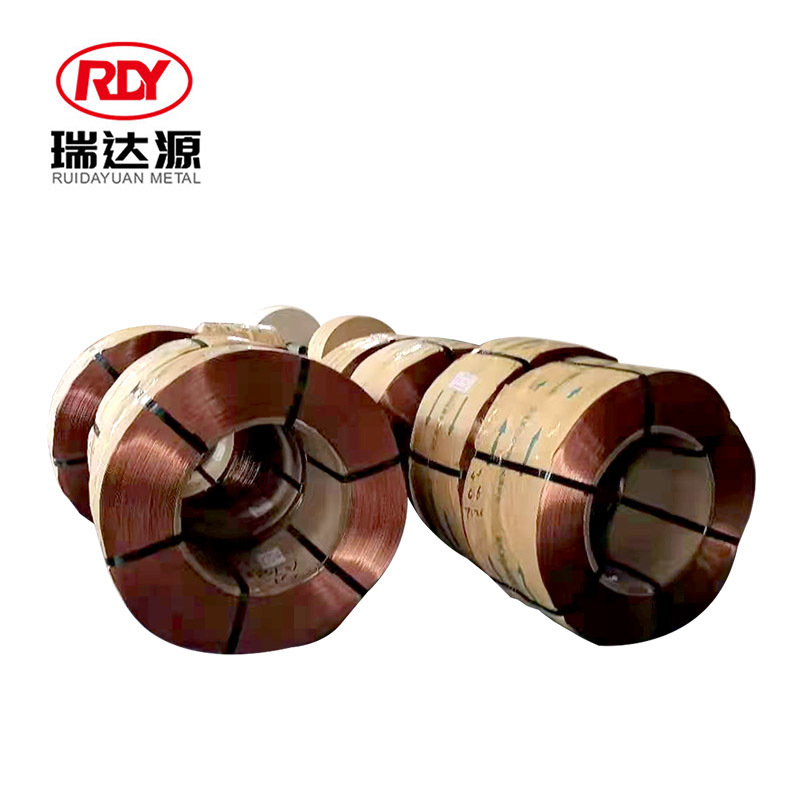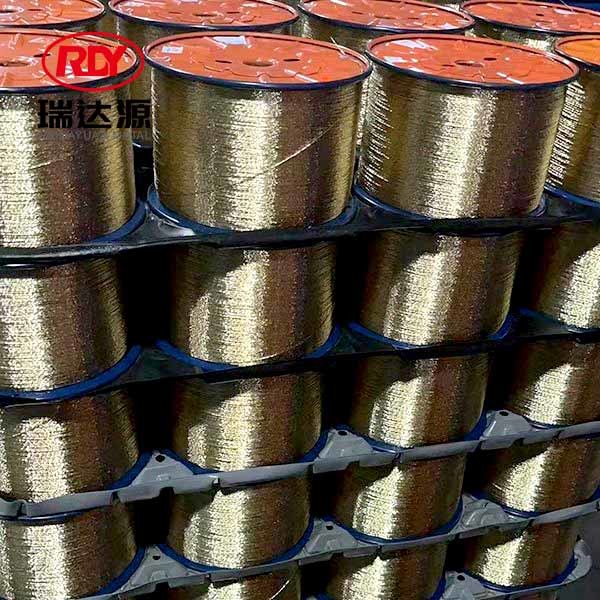Understanding Copper-Coated Steel Wire: Benefits and Applications in Construction
Release Time:
Oct 10,2025
Copper-coated steel wire is gaining traction in the construction and decorative materials sector due to its exceptional properties. Essentially, this type of wire consists of a steel core that is coated with a thin layer of copper. This coating not only enhances the wire's physical characteristics but also contributes to its overall performance in various applications. One of the primary benefits

Copper-coated steel wire is gaining traction in the construction and decorative materials sector due to its exceptional properties. Essentially, this type of wire consists of a steel core that is coated with a thin layer of copper. This coating not only enhances the wire's physical characteristics but also contributes to its overall performance in various applications.
One of the primary benefits of copper-coated steel wire is its increased resistance to corrosion. Steel, while strong, can be prone to rust, especially in environments with high humidity or exposure to harsh chemicals. The copper coating acts as a barrier, protecting the steel from moisture and other oxidizing agents. This property is particularly beneficial in construction projects where the wire may be exposed to the elements, ensuring longevity and reliability.
In addition to its corrosion resistance, copper-coated steel wire also boasts excellent electrical conductivity. This characteristic makes it an ideal choice for applications involving electrical grounding and bonding. The conductive properties of copper ensure that any electrical discharge is effectively channeled away, reducing the risk of electrical hazards in construction environments.
Moreover, the combination of steel and copper enhances the overall tensile strength of the wire. Steel provides robustness, while the copper coating adds flexibility, making the wire easier to work with during installation. This balance of strength and flexibility is crucial for various construction materials, ensuring that the wire can withstand mechanical stresses while remaining adaptable to different project requirements.
The versatility of copper-coated steel wire extends beyond construction. It is also utilized in decorative applications, such as art installations and landscaping features. Its aesthetic appeal, along with its practical properties, makes it a popular choice among designers and architects looking to create visually striking and durable structures.
In summary, copper-coated steel wire is an innovative material that offers multiple advantages for the construction and decorative materials industry. Its resistance to corrosion, excellent electrical conductivity, and enhanced strength make it suitable for a wide range of applications. Whether for reinforcing structural elements or adding decorative touches, this type of wire is a reliable choice that promises durability and performance. Understanding the properties and benefits of copper-coated steel wire can help professionals in the industry make informed material choices that drive successful project outcomes.
One of the primary benefits of copper-coated steel wire is its increased resistance to corrosion. Steel, while strong, can be prone to rust, especially in environments with high humidity or exposure to harsh chemicals. The copper coating acts as a barrier, protecting the steel from moisture and other oxidizing agents. This property is particularly beneficial in construction projects where the wire may be exposed to the elements, ensuring longevity and reliability.
In addition to its corrosion resistance, copper-coated steel wire also boasts excellent electrical conductivity. This characteristic makes it an ideal choice for applications involving electrical grounding and bonding. The conductive properties of copper ensure that any electrical discharge is effectively channeled away, reducing the risk of electrical hazards in construction environments.
Moreover, the combination of steel and copper enhances the overall tensile strength of the wire. Steel provides robustness, while the copper coating adds flexibility, making the wire easier to work with during installation. This balance of strength and flexibility is crucial for various construction materials, ensuring that the wire can withstand mechanical stresses while remaining adaptable to different project requirements.
The versatility of copper-coated steel wire extends beyond construction. It is also utilized in decorative applications, such as art installations and landscaping features. Its aesthetic appeal, along with its practical properties, makes it a popular choice among designers and architects looking to create visually striking and durable structures.
In summary, copper-coated steel wire is an innovative material that offers multiple advantages for the construction and decorative materials industry. Its resistance to corrosion, excellent electrical conductivity, and enhanced strength make it suitable for a wide range of applications. Whether for reinforcing structural elements or adding decorative touches, this type of wire is a reliable choice that promises durability and performance. Understanding the properties and benefits of copper-coated steel wire can help professionals in the industry make informed material choices that drive successful project outcomes.
Keywords:
Related news



